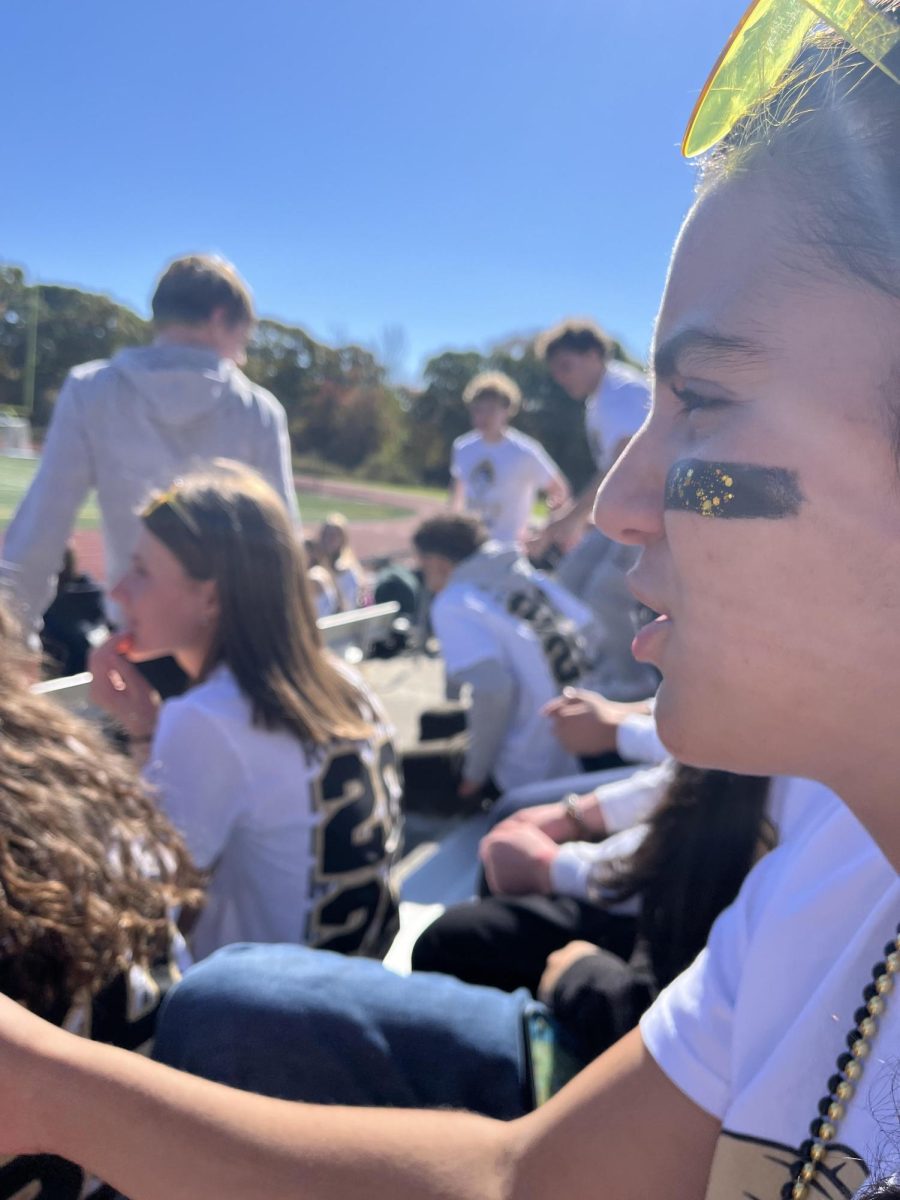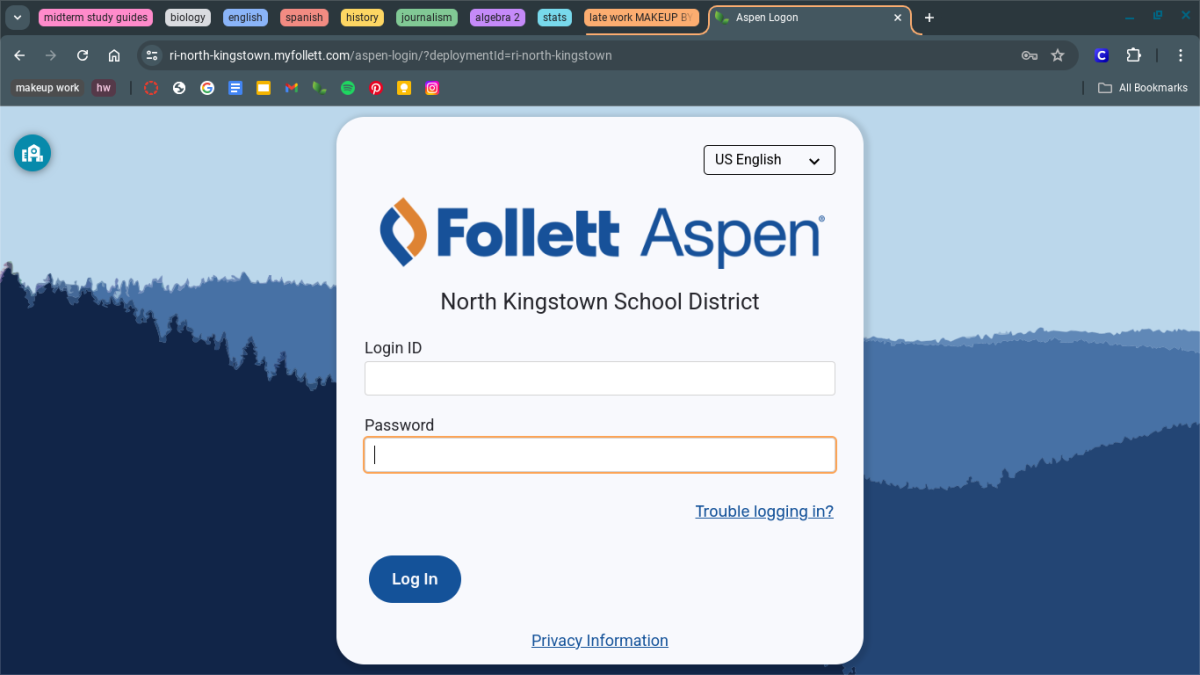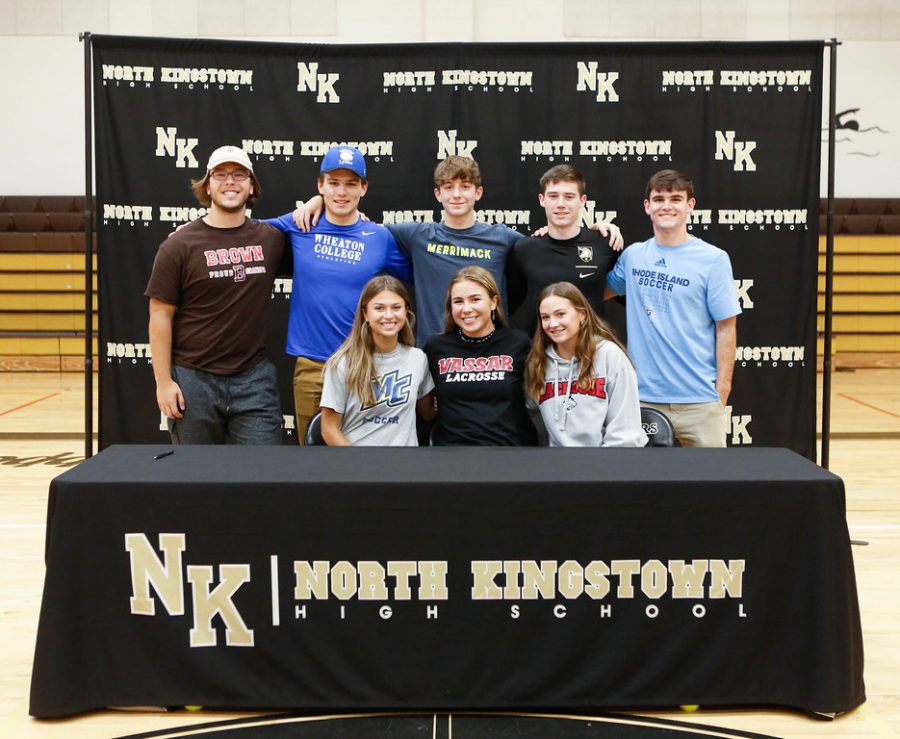COVID ‘Do’s’ and ‘Dont’s’
October 28, 2020
School can be difficult to navigate during a normal school year. Now, we are in completely uncharted territory, and with new restrictions at every turn, this school year has already proven eventful.
Students in Rhode Island have been in school a little over a month, yet facilities are still getting into the swing of things. With the state and the country still not fully open, the guidelines for schools are harsher than many had hoped.
Governor Gina Raimondo and her team set a very specific set of rules before September 14 that seem to be modified every so often. The most obvious rules are keeping a six-foot distance, one-way foot traffic, and masks at all times. These few simple regulations still seem to be harshly impacting students. Many students have stated that one of the more annoying rules set by the school themselves revolves around food. Junior Marrisa Zinnini said, “ I would change how we only have nine minutes for a snack time in our classes. Lunch used to be a time to socialize with others and now it’s a quick break.”
School can be frustrating as it is, but wearing a face mask from 7:30 in the morning until 12:50 in the afternoon can be arduous. Math teacher Mrs. Christine Newton said, “It is exhausting, but I’m happy to do it to protect others and I am very grateful to all of the students who are wearing their masks correctly every day.”
The stress does not end there. One of the rules established by the state is one-way traffic with six feet of distance. However, social distancing in the hallway has been a struggle and has not been strictly enforced. Due to the five-minute passing time, one-way traffic makes traveling from class to class a struggle in itself. But is five minutes enough time for students? It really “honestly it depends on where I’m going,” freshman Oluchi Ejiogu-Ebere said.
A pandemic stress is enough to throw some over the edge. In years prior, classes were every other day, but all year round. With teachers trying to squeeze a year’s worth learning plan into one single semester, it is “creating more stress on the students,” Zinnini said.
Although most academic teachers are used to having all year to teach their class, Mr. Richard Polseno, a member of the English department, said, “I don’t mind it at all. Since we are meeting every day, we still have a similar amount of instructional time.”
But with all the negatives, there has to be a positive. Many have found one. The NKHS food service staff have worked hard every day to prepare free breakfast and lunches for all the students who need or want them. If anyone has had a free lunch, they must have noticed an abundance of goodies. “I love the snacks that come with it,” said Zininni.
Another thing that seems to make most students happy is the distance learning days. Teaching students who are at home can be a pain, but learning while under the covers or sitting on the couch doesn’t seem like such a bad thing.
This school year may never be the same, but it is definitely one for the books, a story to tell the future generations.










